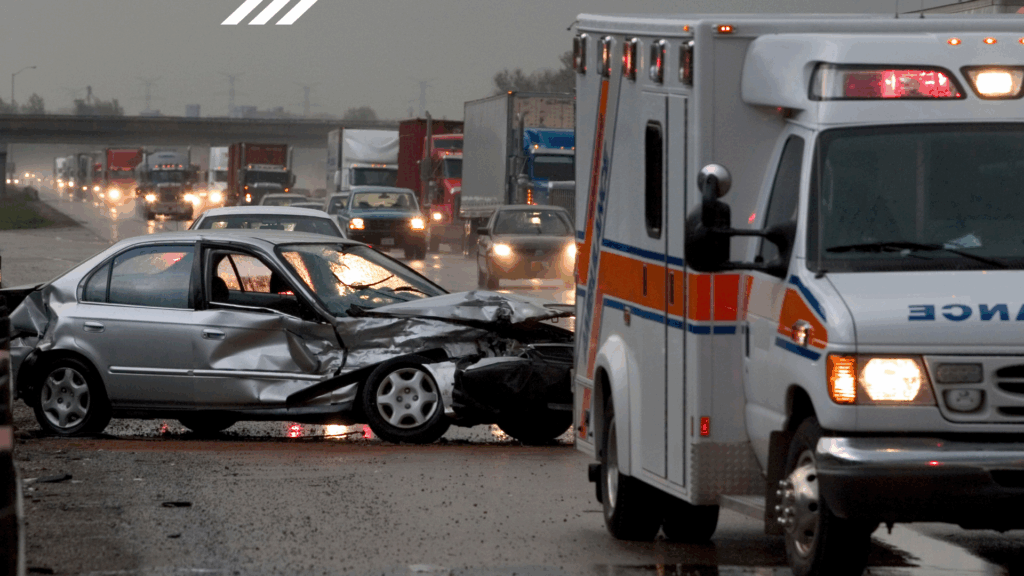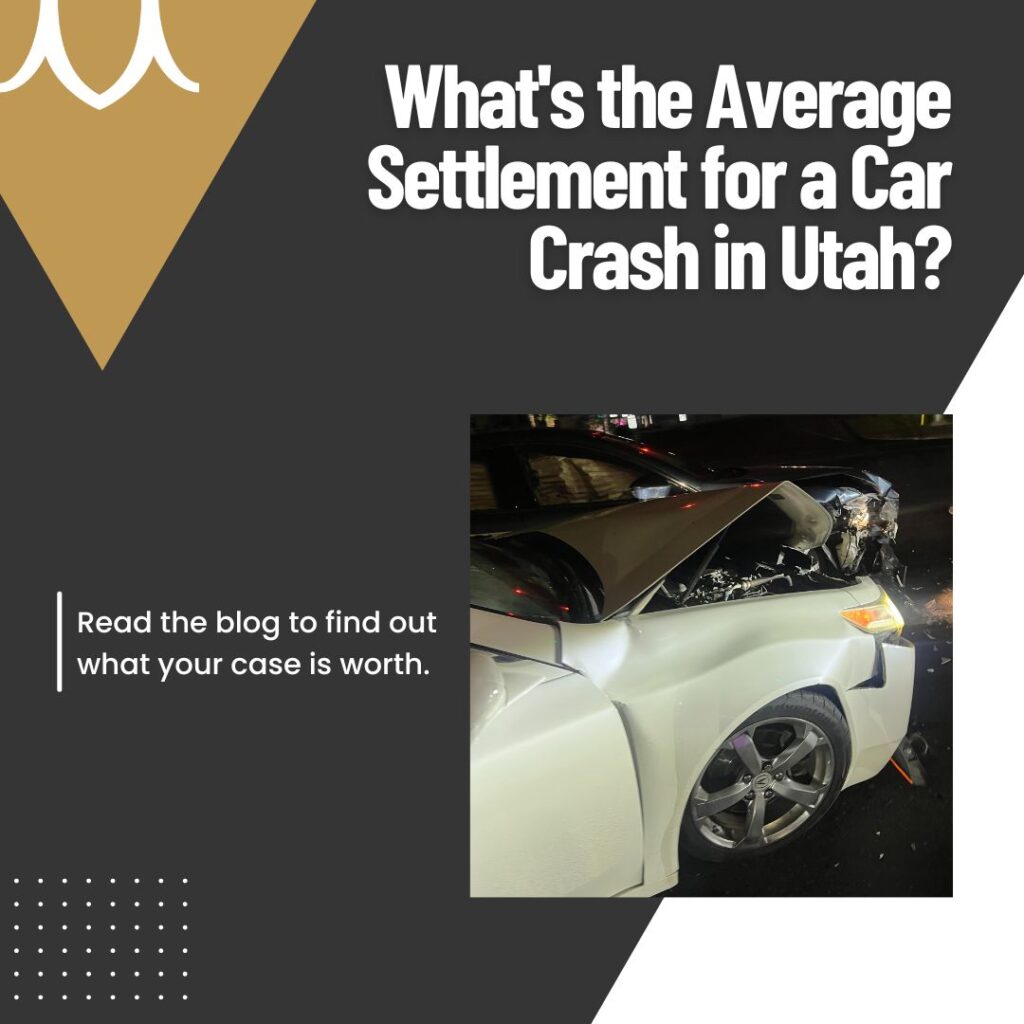Determining who is at fault in a car accident can be complex and often contentious. It’s, therefore, essential to understand the factors contributing to fault, the legal implications involved, and the steps you should take to protect your interests following an accident.
If you have suffered an injury in a car accident and are uncertain of fault, you should always speak to a St. George personal injury attorney experienced in car accident cases as soon as possible. They will ensure you do not say anything to an insurer that can be misconstrued as your fault.
This guide provides a detailed overview of how fault is determined, the evidence needed, and the legal concepts that play a role in car accident cases.
Understanding Legal Concepts of Fault
Fault in a car accident is often tied to the legal concept of negligence. Negligence generally means that someone fails to act with the care that a reasonable person would exercise in the same situation. When it comes to auto accidents, a driver’s failure to obey traffic laws or drive their car safely can result in an accident.
Aspects of Negligence
Several things need to be demonstrated to prove negligence:
- Per the law, every driver has a duty of care to drive safely.
- Breach of Duty: When drivers do not behave responsibly, such as speeding or running a red light, they violate their duty.
- Causation: The accident and the following damages had to be directly caused by the duty violation.
- Damages: Real damages, like auto or personal injuries, must have resulted from the collision.
Elements That Establish Liability
Determining who is at fault in a car accident depends on several factors. These are a few of the most typical ones:
 Laws governing traffic
Laws governing traffic
Traffic law violations are frequently a clear sign of fault. Typical traffic infractions include:
- Racing or speeding
- Running a red light or stop sign
- Failing to yield the right-of-way
- Improper lane changes
- Driving under the influence (DUI)
Driver Actions
Each driver’s actions before and during the accident are crucial in determining fault. Some examples include
- Distracted driving (texting, talking on the phone)
- Reckless driving
- Tailgating
- Aggressive driving
- Failing to maintain control of the vehicle
Road Conditions
Sometimes, road conditions can contribute to an accident. However, drivers are still expected to drive safely in various conditions. Road conditions may include:
- Slippery roads due to rain, ice, or snow
- Poor visibility due to fog or heavy rain
- Construction zones
- Potholes or uneven surfaces
Vehicle Condition
Vehicle malfunctions can also contribute to an accident. Examples include:
- Brake failure
- Tire blowout
- Steering issues
- Light failure
However, if a vehicle malfunction causes an accident, the vehicle owner may still be liable for failing to maintain the vehicle properly.
Witness Statements
Witness statements can offer helpful details about what occurred during an accident. Neutral third parties who witnessed the event can often provide an objective perspective.
Gathering Evidence at the Scene of the Car Accident
After an accident, gathering evidence to help determine fault is crucial. Here are some steps you should take:
Check for Injuries and Call for Help
First and foremost, ensure everyone involved is safe and call for medical assistance if needed. Call the police to create an official accident report.
Document the Scene
Take photos and videos of the following:
- Damage to all vehicles involved
- Skid marks on the road
- Road conditions
- Traffic signs or signals
- Any other relevant details of the scene
Exchange Information
Obtain the following information from all involved parties:
- Name and contact information
- Driver’s license number
- Vehicle registration information
- Insurance information
Obtain Witness Information
If there were any witnesses, get their names and contact information. Their testimony can be valuable in determining fault.
Get a Copy of a Police Report
The police report is a vital piece of evidence. It will contain the officer’s accident assessment, statements from drivers and witnesses, and other important details.
Insurance Company Investigations
Insurance companies will conduct their investigations to determine fault and liability. This may include:
Reviewing the Police Report
Insurance adjusters will carefully review the police report for details about the accident.
Talking to Drivers and Witnesses
Insurance adjusters will interview the drivers involved and any witnesses to get their versions of the events.
Examining Vehicle Damage
Insurance adjusters will inspect all vehicles’ damage to assess the collision’s impact and nature.
Medical Records
If there are injuries, insurance adjusters will request medical records to assess the extent of the damages.
Accident Reconstruction
In some cases, insurance companies may hire accident reconstruction experts to analyze the evidence and recreate the accident.
Legal Implications and Legal Assistance
If there are significant damages or injuries, it may be necessary to consult an experienced car accident attorney.
Role of an Attorney
A car accident attorney can help you understand your rights and options, negotiate with insurance companies, and represent you in court if necessary.
When to Hire an Attorney
You should consider hiring a car accident attorney if:
- There are significant injuries or damages
- The insurance company is denying your claim or offering a low settlement
- There are disputes about who is at fault
- There is a possibility of a lawsuit
Litigation Process
The case may go to court if a settlement cannot be reached. This involves filing a lawsuit, discovery, and potentially a trial.
Avoiding Accidents and Preventing Fault
Prevention is always better than having to determine fault after an accident. Here are some tips for safe driving:

Focus on Driving
Avoid distractions such as cell phones, eating, or grooming while driving.
Obey Traffic Laws
Adhere to speed limits, traffic signals, and other traffic laws.
Drive Defensively
Be aware of your surroundings, anticipate potential hazards, and be prepared to react.
Maintain Your Vehicle
Ensure your vehicle is in good working condition and is regularly maintained.
Drive According to Conditions
Adjust your driving to weather and road conditions. Slow down in rain, snow, or fog.
Fault Determination
Determining fault in a car accident involves assessing many factors, including traffic laws, driver actions, road conditions, and evidence gathered at the scene.
From gathering evidence to working with insurance companies, a car accident attorney can help ensure a fair resolution. Ultimately, safe driving practices can significantly reduce the risk of being involved in an accident and the need to determine fault.
Get Help from a Car Accident Lawyer
Have you been in an auto accident? If so, find out more about the next steps. Retain the services of a knowledgeable St. George auto accident lawyer now.
Legal Implications and Legal Assistance
If there are significant damages or injuries, it may be necessary to consult an experienced car accident attorney.
Role of an Attorney
A car accident attorney can help you understand your rights and options, negotiate with insurance companies, and represent you in court if necessary.
When to Hire an Attorney
You should consider hiring a car accident attorney if:
- There are significant injuries or damages
- The insurance company is denying your claim or offering a low settlement
- There are disputes about who is at fault
- There is a possibility of a lawsuit
Litigation Process
The case may go to court if a settlement cannot be reached. This involves filing a lawsuit, discovery, and potentially a trial.
Avoiding Accidents and Preventing Fault
Prevention is always better than having to determine fault after an accident. Here are some tips for safe driving:

Focus on Driving
Avoid distractions such as cell phones, eating, or grooming while driving.
Obey Traffic Laws
Adhere to speed limits, traffic signals, and other traffic laws.
Drive Defensively
Be aware of your surroundings, anticipate potential hazards, and be prepared to react.
Maintain Your Vehicle
Ensure your vehicle is in good working condition and is regularly maintained.
Drive According to Conditions
Adjust your driving to weather and road conditions. Slow down in rain, snow, or fog.
Fault Determination
Determining fault in a car accident involves assessing many factors, including traffic laws, driver actions, road conditions, and evidence gathered at the scene.
From gathering evidence to working with insurance companies, a car accident attorney can help ensure a fair resolution. Ultimately, safe driving practices can significantly reduce the risk of being involved in an accident and the need to determine fault.
Get Help from a Car Accident Lawyer
Have you been in an auto accident? If so, find out more about the next steps. Retain the services of a knowledgeable St. George auto accident lawyer now.




